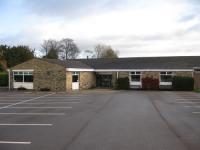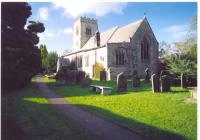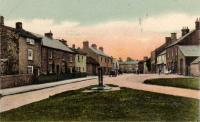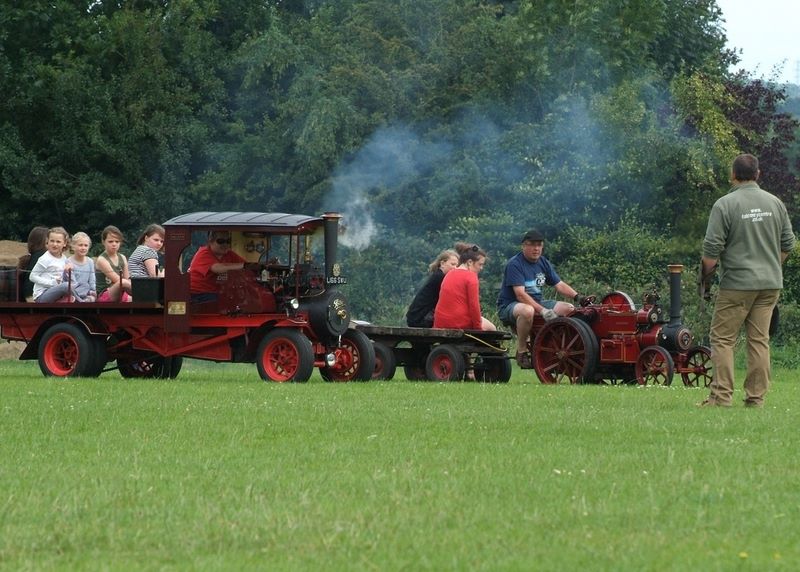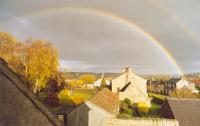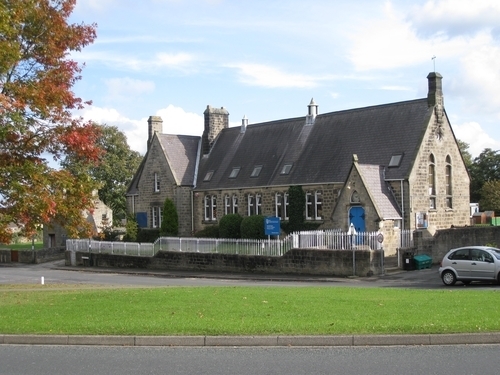Recent articles
© DT Online 2010 - 2025
| Village SchoolWilliam Grainge writing in 1871 ("Harrogate and the Forest of Knaresborough") tells us . . . . "The" national school was built by public subscription, in 1861. It is an elegant and substantial building of stone, in the Elizabethan style of architecture; comprising schoolroom, with classroom, and master's house attached. In order to make this establishment of permanent benefit to the parish, the late Bilton Josephus Wilson endowed it with the interest of £1,500, on the 25th January, 1865. The memory of such actions ought to go down to posterity in everlasting letters." [See the entry for Thimbleby House in Church Lane for further comment about Bilton J. Wilson] The Conservation Area document says the school. . . . ."is typical of its era with tall high-level windows and a steeply pitched roof. Its gabled porch echoes that of the Church and the railings are a dominant feature of the village green". The original site of the school was enlarged in August of 1931 when Helen Dorothea Jowett (of Hollins Hall) donated to the school's trustees additional land which extended the site up to the Cockhill Beck effectively doubling the school grounds. The school has clearly played an important part in the life of the village since the middle of the 19th century and it is hoped that this article will be extensively enlarged as a result of further researches currently in hand. Meanwhile we have the insight into past school life provided by extracts from Book One "Villagers' Reminiscences" which may be read by clicking here. . . . . . an engraving of the school dated 1861 . . . . . See also Hampsthwaite CE Primary School photos in the Galleries section, in the archive, the school's own web site, and the book Hampsthwaite Village History Book 3 : School Memories which can be ordered from the Village Society - see: http://www.hampsthwaite.org.uk/villagehistory/303
Percy Townend HoughClick HERE or on the tmage for an article concerning this former headteacher and his exploits as a tunneller, laying explosives under Vimy Ridge (described evocatively by Faulks in Birdsong)He had fought in the Great War as a Captain in the Royal Engineers and received the MC for gallantry. Arriving as Headteacher 1925, he lived in the school house with his wife and son, Richard. He had a lovely garden with lots of roses and he had beehives, so the childen got lessons in Beekeeping. He died very young at the age of 44 in 1937. His widow continued to live on in the village for many years after his death and was an active Church member. Their memorials can be found just south the pathway leading towards the Mediaeval Way and near that end of it. |







